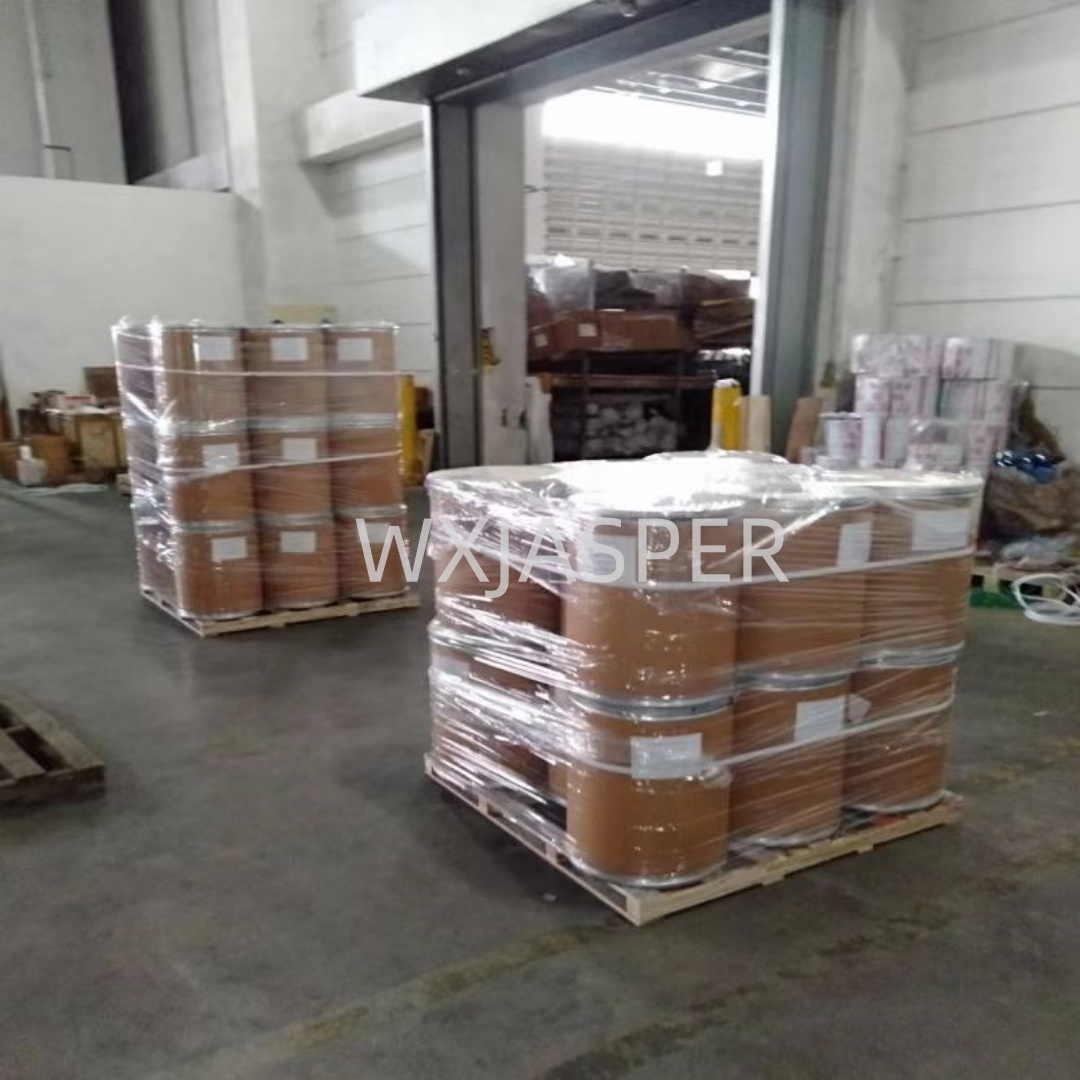Your Location:Home > Products > Solvents > Diisooctyl phthalate



CasNo: 27554-26-3
MF: C24H38O4
Appearance: liquid
Delivery Time: 15 days
Packing: 25kg/drum
Purity: 99%
Basic Information
|
Model NO. |
27554-26-3 |
EINECS |
248-523-5 |
|
Color |
Colorless |
Appearance |
Liquid |
|
Sample |
Available |
Purity |
99% |
|
Grade Standard |
Industrial Grade |
Specification |
25kg/drum |
|
Transport Package |
Drum |
Origin |
China |
Product Description
Product Name:Diisooctyl phthalate
CAS No: 27554-26-3
EINECS No.:248-523-5
Form: Liquid
Product Application
Used as a plasticizer.
Used as a gas chromatography stationary phase, toughening agent, solvent, and plasticizer.
Packaging
25Kg/drum
Storage
Store in a cool, well - ventilated area away from direct sunlight. Keep the container tightly sealed to prevent moisture ingress, as moisture can cause the slow hydrolysis of the material and affect its quality. Avoid storing near oxidizing agents, nitrates, and strong acids, as it may react with them.